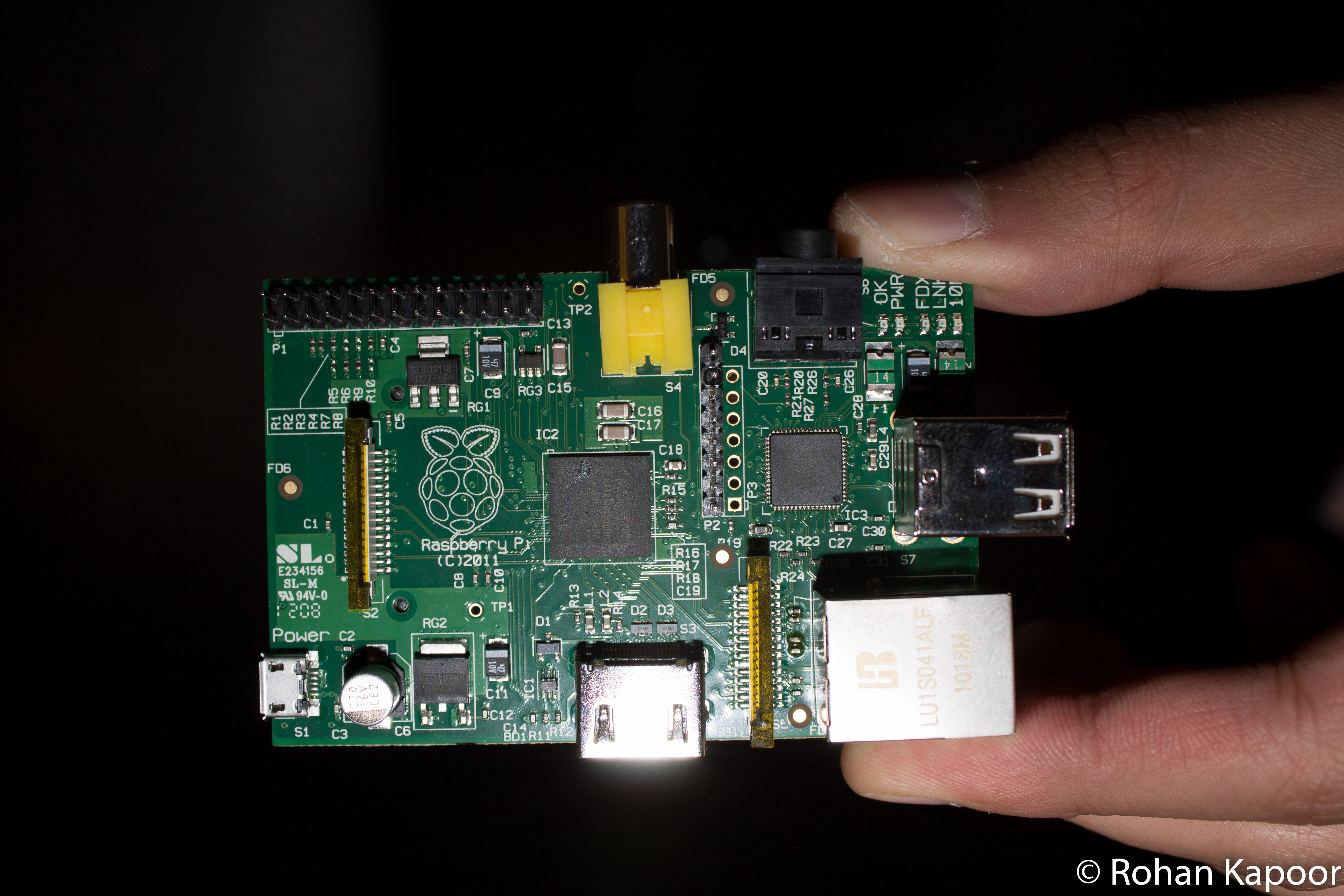

Move to a directory in another part of the filesystem, for example /var/log. For example to move from our home directory to Downloads Using this command we can move around the filesystem. List all files of a certain type, for example. See hidden files and directories, in a long list with extra details. List the files in another directory, such as /var/log: This command is used to list the contents of a directory.
#Bzflag for raspberry pi upgrade
To use "sudo," you will have to be in the "subdoers" permission group, but the good news is that the default Raspberry Pi user is already in this group.įor example, to upgrade your operating system, you'd type: However, by prefacing any command with the word "sudo," you can have admin rights for that execution. sudo - Super User Doīy default, Raspbian, like all forms of Linux doesn't give you the admin privileges you need to perform some core tasks like installing software. So let's start our adventure by testing out a few commands and learning more about home our Raspberry Pi works. In this guide we shall cover this and much more. To make system wide changes we either need to be a user called “root” which has similar powers to administrator on Windows, or we need to use sudo (see below) to temporarily give us extra permissions. But we cannot harm the underlying filesystem as we do not have permission to do so. If you carefully follow the steps to set up your Pico SDK development environment, you shouldn't have any trouble.In our home directory we can store our work, projects, pictures etc.
#Bzflag for raspberry pi software
Perhaps more daunting, it involves cloning a GitHub repository and compiling the software for your Pico. It requires a microphone breakout board, a 2" color TFT display, and a Pi Pico. This spectrogram visualizer shared on Hackster does the trick, but note that it processes audible signals, while the spectrum analyzer above processes electrical analog audio signals. If you want to visualize the sound over time, you'll need a spectrogram. This analyzer displays the frequency and magnitude of the current sample as a graph, and current is the operative word here.

#Bzflag for raspberry pi code
You can find the project details here, but note that Google Translate doesn't handle the translation from Japanese to English within the code comments, so you might need to translate those manually. This is useful in music production and, particularly, in analyzing speech. 96" OLED display, an SSD1306 interface, and a Pico to create an audio spectrum analyzer, as seen on the Japanese electronics blog Radio Pliers. Still, the point is that you're learning a valuable skill - and there are plenty of ways to cook well with sous vide. Simply cooking meat at a prescribed temperature might produce something fairly unappetizing color and texture, which might be why VEEB's video demonstration never really shows the cooked meat. The vagaries of grilling bring extra flavor to the hamburger via carcinogens and the Maillard reaction. This implementation also includes a screen and a rotary encoder for adjusting the temperature.Ĭontrolling a relay is one of those fundamental microcontroller skills that you will put to good use, even if it's not entirely clear that cooking sous vide burgers is a good use. The Pi Pico controls a relay switch, which does nothing other than turn a heating element on and off to maintain the set temperature. However, the actual implementation is simple enough that you can slap together the hardware and be (mostly) done. It's not really necessary to understand the PID controller code used in this project and created by Swiss makers VEEB, but figuring out how it works can be a great learning experience. These tend to be variants of Meta's GPT-class LLM called LLaMa and Georgi Gerganov's code library for interfacing with it. On the other hand, a few dedicated humanity destroyers have managed to get different LLMs up and running on Raspberry Pi, thereby perhaps avoiding the internet connection and its inherent means of AI escape into the wild. Bild's Python script uses an unofficial API to manage the communication, and the ChatGPT cloud servers do all the LLM work. It's basically a voice assistant that converts your queries to text and passes them to ChatGPT and then passes the response back to you via an artificial voice. VoiceGPT is a project shared by Nick Bild on Hackster that operates as an interface to the web-based ChatGPT service. We'll show you how some have managed to run Llama, a GPT-3-like Large Language Model (LLM) slowly but locally on a Raspberry Pi - but first, we'll point you to instructions for creating a voice assistant that accesses the power of ChatGPT through an unofficial API.


 0 kommentar(er)
0 kommentar(er)
